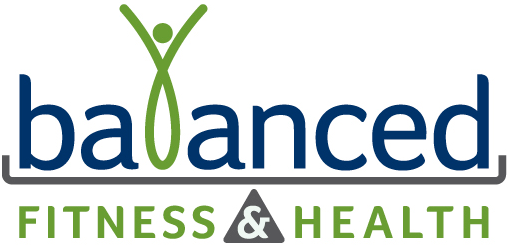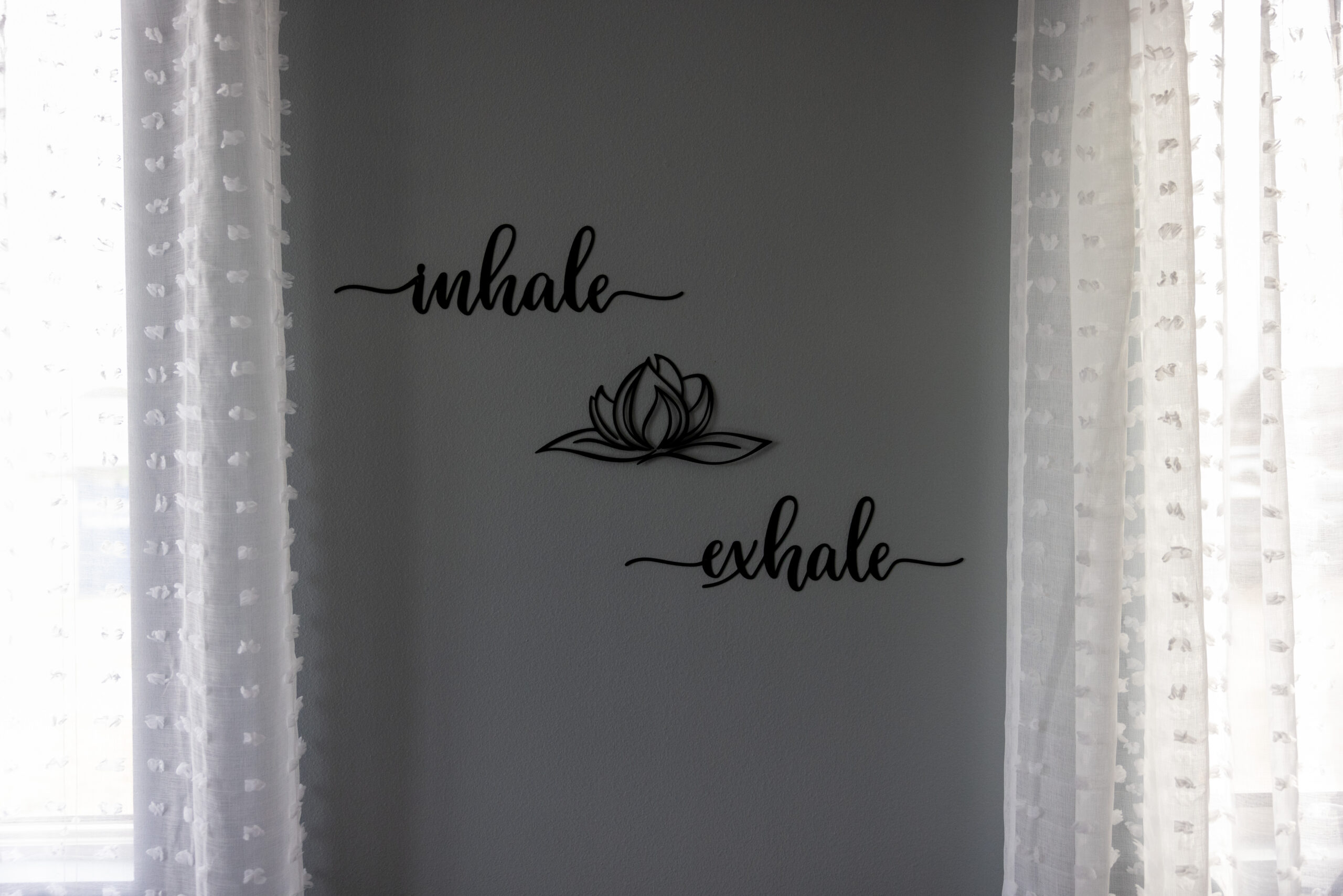How to Implement Mindfulness into Your Daily Life
In today’s fast-paced, hyper-connected world, it’s easy to get swept up in distractions, stress, and mental clutter. That’s where mindfulness comes in—a simple but powerful tool for slowing down, getting present, and reconnecting with yourself and the moment.
Contrary to popular belief, you don’t need to retreat to a mountain or sit cross-legged for hours to practice mindfulness. You can weave it into your existing routine, even on the busiest of days. Here’s how….
Start with One Minute
You don’t need an hour of meditation to be mindful. Begin with just one minute a day. Sit still, close your eyes (if you’d like), and focus on your breath. Notice the inhale, notice the exhale. If your mind wanders (it will), gently bring it back.
Why it works: This trains your brain to pause and refocus—essential skills for staying grounded throughout the day.
Practice Mindful Mornings
Instead of grabbing your phone first thing, take a few moments when you wake up to check in with yourself. Notice how your body feels, set an intention for the day, or savor your first few breaths. Then move on to your normal morning routine, whether brushing your teeth or having breakfast—slowly and with attention.
Pro tip: Try brushing your teeth without multitasking or eating breakfast without a screen. Just experience the moment.
Use Triggers as Reminders
Pick a few daily cues—like going to the bathroom, washing your hands, or waiting at a traffic signal—and use them as reminders to be present. Each time that trigger occurs, take a conscious breath and ask yourself, “Where are my thoughts right now? How am I feeling?”
Mindful Technology Use
Before mindlessly picking up your phone or opening social media, pause and ask: Why am I doing this right now? Bring awareness to the action instead of letting habit drive your behavior. You may still decide to scroll—but now it’s a choice, not a compulsion.
End the Day with Reflection
Take a few minutes before bed to mentally scan your day. What moments stood out? What made you feel grounded, grateful, or challenged? This small practice builds awareness and helps you end the day with intention rather than mindless exhaustion.
Move Mindfully
You don’t have to meditate to be mindful. Try bringing full attention to your body while walking, stretching, or doing chores. Feel your feet hit the ground, notice your posture, and sync your movement with your breath.
Final Thoughts
Mindfulness doesn’t mean escaping your life—it means showing up for it, just as it is. By integrating small practices into your day, you can reduce stress, improve focus, and feel more connected to yourself and others.
Start small. Be patient. And remember: every moment is a new opportunity to begin again.




